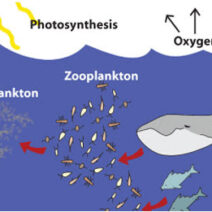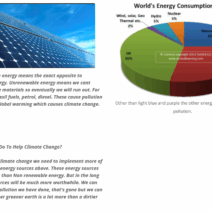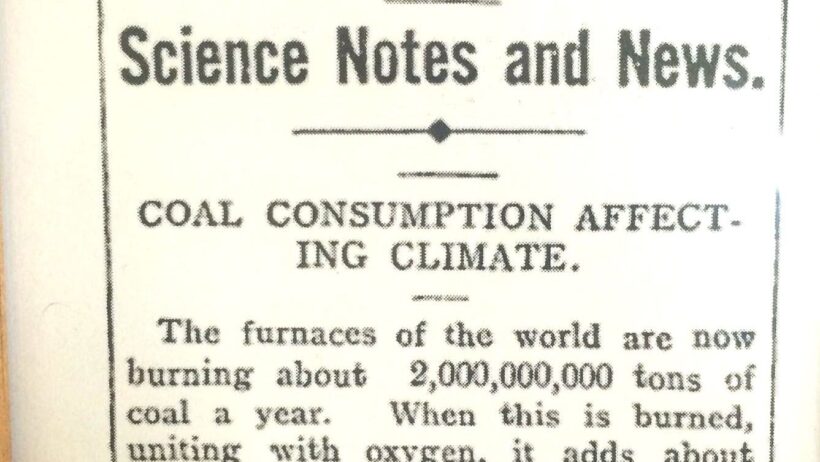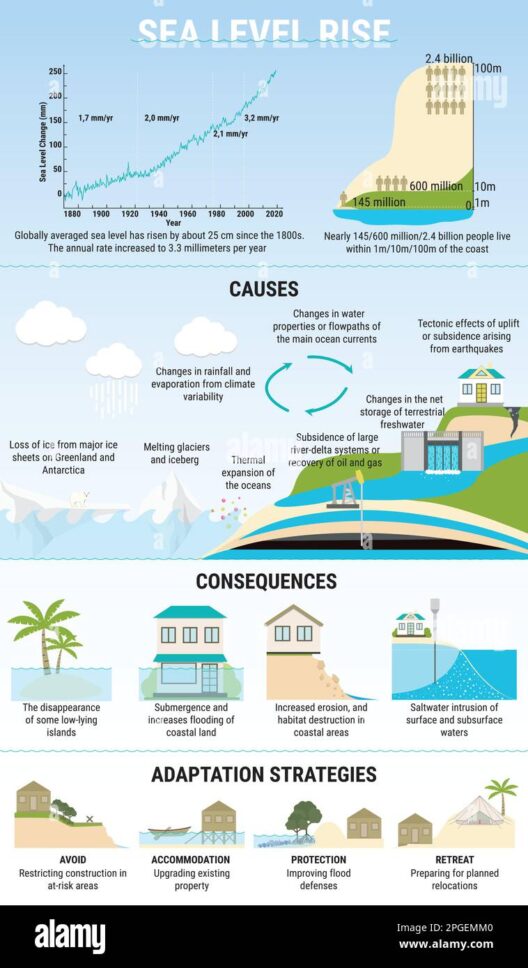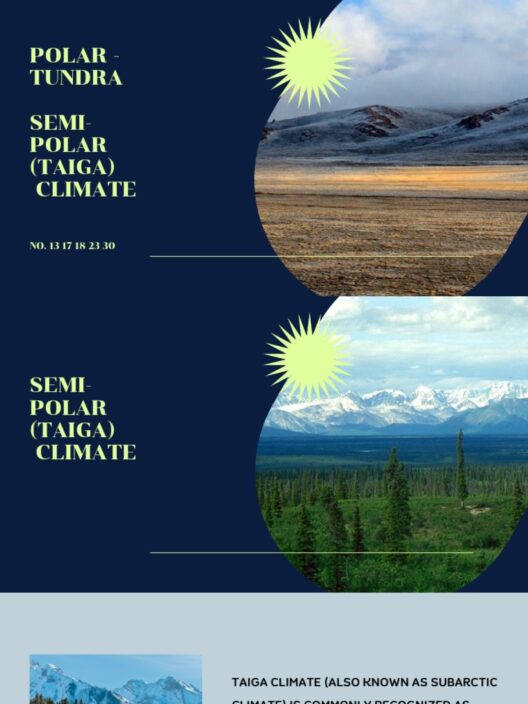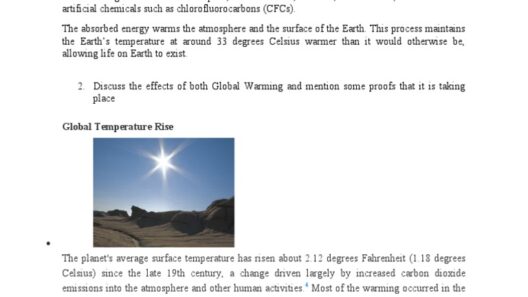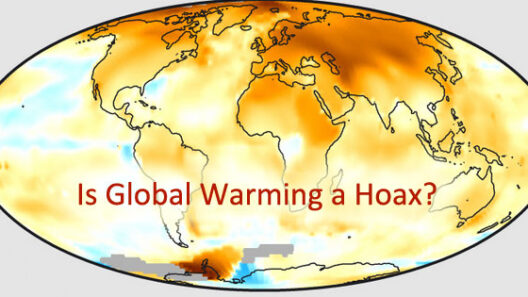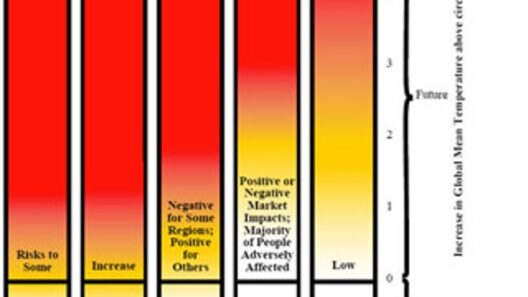Global warming, an intricate tapestry woven from human ingenuity and negligence, has roots tracing far deeper than contemporary discussions might suggest. The climate crisis is not merely a modern phenomenon; it is an evolution of humanity’s relationship with its environment. The inception of this crisis can be delineated through a series of pivotal eras that reveal both the awesomeness and the fragility of our planetary home. Let us examine the chronology of events and decisions that have led us down this precarious path.
From the formative age of the Industrial Revolution, humanity began to harness fossil fuels with an enthusiasm that would ultimately be its undoing. This was the genesis of global warming as we recognize it today. But when precisely did this shift begin to exert a calamitous influence on the climate?
The roots of industrial-driven climate change extend back to the late 18th century. The widespread adoption of steam engines invested human productivity with a vitality once unimagined. However, this unrestrained industrial advancement bore a significant price tag — the release of carbon dioxide and other greenhouse gases into the atmosphere.
In the annals of history, the period from 1750 to 1850 can be seen as a significant inflection point. The proliferation of coal in Britain signaled a fundamental transformation in energy production. Smoke-stacked cities became the new normal, as industry burgeoned, oblivious to the ecological ramifications of such unbridled expansion. From charming landscapes marred by soot to the gradual warming that began to insidiously envelop the planet, the environmental consequences slowly unfurled.
One might consider the mid-20th century another critical juncture in this ecological saga. The post-World War II economic boom heralded an era of consumption that escalated greenhouse gas emissions to unprecedented levels. The development and proliferation of plastics, automobiles, and other synthetic materials served as harbingers of comfort, yet they also escalated our environmental footprint with an intensity that was previously unseen.
With the rise of global temperatures, climate scientists began to make alarming observations. In 1956, an important milestone was achieved when Dr. Gilbert Plass revealed that the increase of carbon dioxide in the atmosphere could precipitate a rise in global temperatures. The scientific community, however, lingered in skepticism, caught in a web of inertia and social politics.
As the decades marched on, the environmental premonitions intensified. The publication of “Silent Spring” in 1962 illuminated the pernicious effects of chemical pollutants and altered the public consciousness. Author Rachel Carson painted a vivid tableau of the implications of human actions on ecological balances, serving as a precursor to the modern environmental movement. This encapsulation of environmental degradation resonated with a growing audience, stoking public awareness and concern.
In the 1970s, scientific consensus began to crystalize, confronting the denial and indifference that had largely characterized previous decades. The United Nations convened the first World Climate Conference in 1979, wherein scientists, policymakers, and economists collaborated to delineate the ecological quandaries posed by climate alteration. Fresh from the surge of grassroots activism, these global efforts laid the groundwork for environmental policy frameworks that would eventually materialize.
The 1988 founding of the Intergovernmental Panel on Climate Change (IPCC) signaled the ultimate recognition of global warming as an urgent, scientific concern. Swiftly, the repercussions of fossil fuel dependency became apparent. By the late 1990s, public consciousness surged regarding climate issues, spurred by events such as the signing of the Kyoto Protocol in 1997, which marked humanity’s tentative attempt to rein in greenhouse gas emissions. Yet, even then, binding commitments were elusive.
Fast forward to the 21st century: with every year and every new report, we encounter cyclonic storms, unprecedented heatwaves, and rising sea levels. Each of these phenomena ushers in a deeper understanding of climate variability, but the underlying question remains — when did we truly start to pay attention? The acceleration of natural disasters increasingly correlates with our historical timeline of emissions, driving many to ask: have we reached a point of no return?
As we traverse through this epoch, it is essential to consider how our choices—from industrial practices to individual behaviors—impact both the environment and future generations. Global warming is not just a statistic; it is a story that encompasses our existence on this planet. The connections we forge with our surroundings can either perpetuate this crisis or lead us toward a solution.
In light of recent scientific data underscoring the urgency of addressing climate change, many propose imaginative solutions and strategies to reduce emissions and promote sustainable technologies. These initiatives invite creativity and collaboration, with innovative entrepreneurs emerging as champions of a new paradigm that can potentially mend the rifts inflicted by centuries of misunderstanding.
The complex narrative of global warming is far from linear; it is replete with rich layers of history, science, and human endeavor. From the humble beginnings of the Industrial Revolution to the emergent collective consciousness advocating for environmental stewardship today, the implications of our past cannot be overstated. As we stand at this critical crossroads, it is imperative that we acknowledge our shared responsibility to reshape our future before the burgeoning climate crisis becomes irrevocable.
Ultimately, the question of when global warming started is not confined to a single moment in time, but rather reflects a convergence of decisions made across centuries. Each epoch contributes to the intricate dance of climate dynamics and humanity’s engagement with the world around us. As we seek to reshape our narrative, we must harness this knowledge to foster a more sustainable and equitable future — one where the lessons of the past inform the choices of tomorrow.
